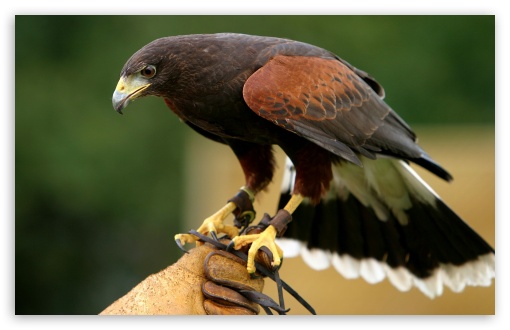

The word arose by mistaken division of Old French un niais, from Latin presumed nidiscus (nestling) from nidus ( nest). A falcon chick, especially one reared for falconry, still in its downy stage, is known as an eyas (sometimes spelled eyass). Some sources give the etymology as deriving from the fact that a male falcon is about one-third smaller than a female ( Old French: tiercelet). The traditional term for a male falcon is tercel ( British spelling) or tiercel ( American spelling), from the Latin tertius ( third) because of the belief that only one in three eggs hatched a male bird. In Middle English and Old French, the title faucon refers generically to several captive raptor species. The genus name Falco is Late Latin meaning a "falcon" from falx, falcis, meaning "a sickle", referring to the claws of the bird. The type species is the Merlin ( Falco columbarius). The genus Falco was introduced in 1758 by the Swedish naturalist Carl Linnaeus in the tenth edition of his Systema Naturae. Peregrine falcons have been recorded diving at speeds of 320 km/h (200 mph), making them the fastest-moving creatures on Earth the fastest recorded dive attained a vertical speed of 390 km/h (240 mph). Īs is the case with many birds of prey, falcons have exceptional powers of vision the visual acuity of one species has been measured at 2.6 times that of a normal human. Some small falcons with long, narrow wings are called " hobbies" and some which hover while hunting are called " kestrels". As with hawks and owls, falcons exhibit sexual dimorphism, with the females typically larger than the males, thus allowing a wider range of prey species. The smallest falcon species is the Pygmy falcon which measures just 20 cm. The largest falcon is the gyrfalcon at up to 65 cm in length. All these birds kill with their beaks, using a tomial "tooth" on the side of their beaks-unlike the hawks, eagles, and other birds of prey in the Accipitridae, which use their feet. The falcons are the largest genus in the Falconinae subfamily of Falconidae, which itself also includes another subfamily comprising caracaras and a few other species. This makes flying easier while learning the exceptional skills required to be effective hunters as adults.

Fledgling falcons, in their first year of flying, have longer flight feathers, which make their configuration more like that of a general-purpose bird such as a broad wing.

Īdult falcons have thin, tapered wings, which enable them to fly at high speed and change direction rapidly. Falcons are widely distributed on all continents of the world except Antarctica, though closely related raptors did occur there in the Eocene.


 0 kommentar(er)
0 kommentar(er)
